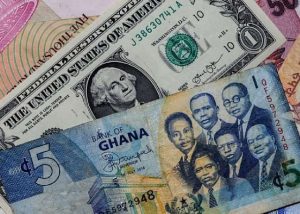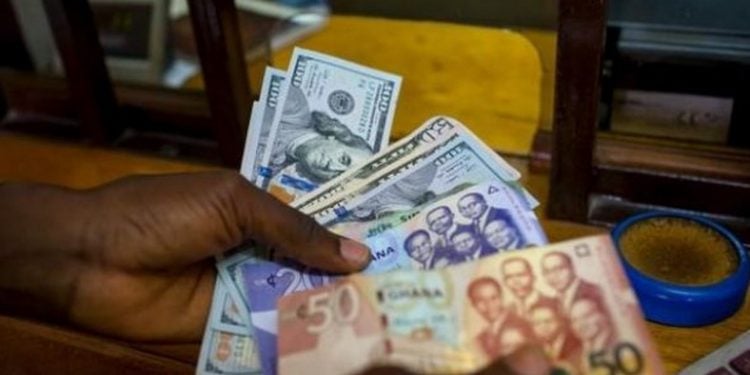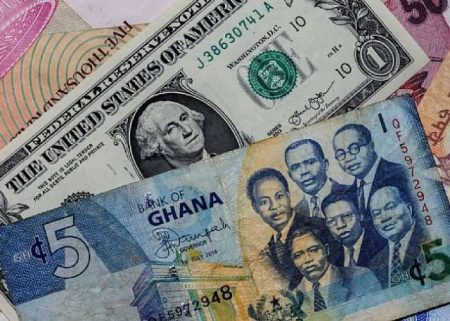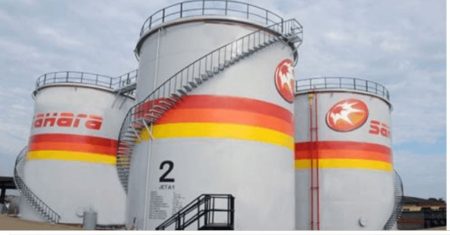The Ghanaian cedi has experienced a remarkable resurgence in the first seven months of 2025, marking its strongest performance in years. Against the backdrop of previous struggles, the currency has rebounded significantly, appreciating by an impressive 40.7% against the US dollar. This turnaround has seen the cedi strengthen from around GH¢15 to the dollar at the start of the year to GH¢10.45 on the interbank market by the end of July. This dramatic recovery signifies a major shift in the currency’s trajectory and offers a beacon of hope for the Ghanaian economy. The most significant gains were recorded in the second quarter, with a 43% month-on-month appreciation in May followed by a 42.6% rise in June, demonstrating sustained momentum. This upward trend signals a renewed confidence in the cedi and suggests a positive shift in the underlying economic conditions.
The cedi’s strengthening performance extended beyond its exchange rate with the US dollar, showcasing broad-based gains against other major currencies. Against the euro, the cedi appreciated by 25.6% and 24.2% in June and July respectively, reaching GH¢12.11 and GH¢12.25. Similarly, it gained 30.3% and 31.2% against the British pound in the same months, with the exchange rate settling at GH¢14.02. These improvements across multiple currency pairs underscore the comprehensive nature of the cedi’s recovery and suggest a broader strengthening of its position in the international market. The consistent gains across various currencies indicate a positive shift in market sentiment towards the Ghanaian economy.
The cedi’s recent stability further reinforces its positive trajectory. In the past two weeks, the currency has largely held its ground, experiencing only a marginal depreciation of 0.47% on the interbank market, closing at GH¢10.48 to the dollar. On the retail market, the cedi is trading around GH¢12.00 to the dollar. This sustained performance, following the significant gains earlier in the year, indicates a degree of resilience and suggests that the recovery is not merely a short-term fluctuation but rather a more sustained trend. The ability of the cedi to maintain its value against major currencies points to an underlying improvement in the country’s economic fundamentals.
Since the beginning of 2025, the cedi has appreciated by a notable 29.38% against the US dollar, continuing its robust upward trajectory. Government officials attribute this positive trend to strengthened economic fundamentals, emphasizing the role of increased export revenues, improved fiscal discipline, and growing investor confidence in the Ghanaian economy. These factors, when combined, create a positive feedback loop, attracting further investment and contributing to the cedi’s continued appreciation. The alignment of fiscal policy and export performance creates a conducive environment for sustained economic growth and currency stability.
Finance Minister Dr. Cassiel Ato Forson, during the 2025 Mid-Year Budget Review, highlighted the positive impact of the cedi’s resurgence on the broader macroeconomic landscape. He credited the currency’s stability for contributing to stabilized prices and lower inflation for certain imported goods. These positive spillover effects demonstrate the crucial role of currency stability in maintaining overall economic health and ensuring affordability for consumers. A stronger cedi acts as a buffer against imported inflation, protecting consumers from rising prices of essential imported goods.
Dr. Forson emphasized that the cedi’s appreciation is not merely a financial indicator but a tangible sign of the Ghanaian economy’s recovery. He expressed the government’s commitment to sustaining these gains and pursuing an agenda of growth and stability, signaling a long-term vision for economic prosperity. The government’s focus on maintaining fiscal discipline and promoting export-led growth is crucial for ensuring that the current positive momentum translates into sustained economic improvement. By focusing on structural reforms and sustainable economic policies, the government aims to consolidate the gains and build a more resilient economy for the future. The emphasis on sustained growth and stability suggests a move away from short-term fixes towards long-term structural reforms to ensure lasting economic health.














